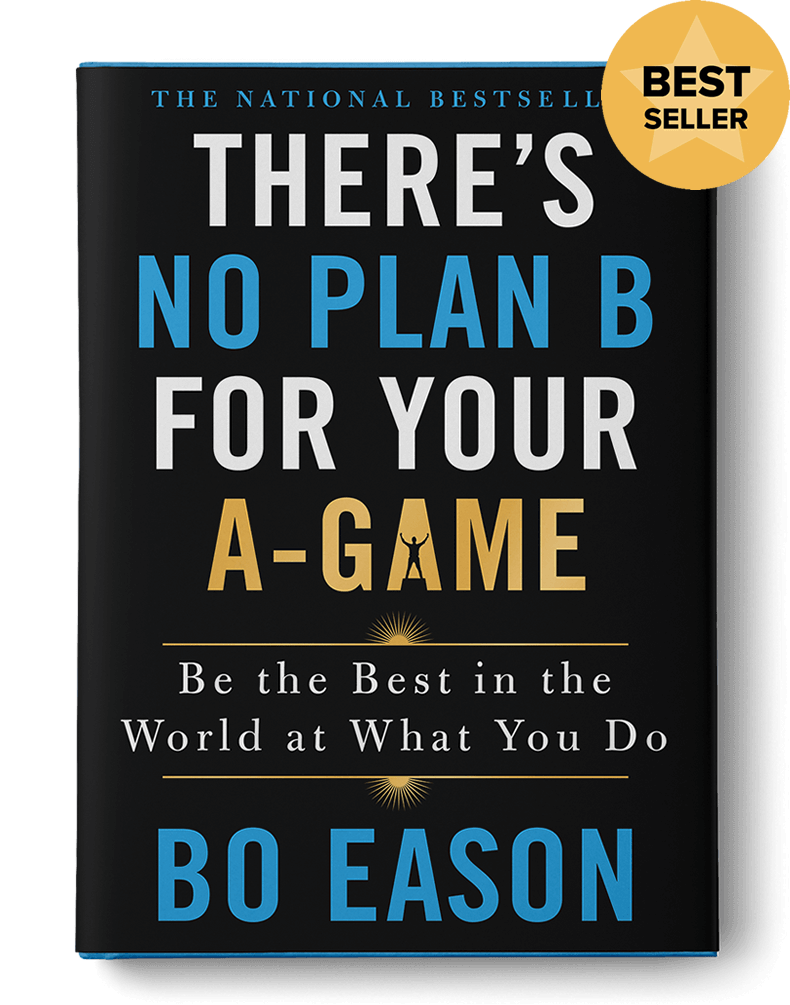Bo: Mary, let’s talk about mistakes. Give me the ones that really jump out.
Mary: Being a reporter is a mistake. Telling your story like you’re a reporter and you’re just reporting the things that happened like, “This happened and then this happened”; that is plot but that’s only one part of what makes up a story. There’s also character, theme and all these other things.
So just taking the role of “I’m going to tell you what happened” without also sharing how you felt about it, what other people said, what the setting was … being a reporter doesn’t create an emotional response in an audience.
The biggest mistake is probably that most stories aren’t structured well. We’ve been telling stories since caveman days. Stories kept us safe and that’s why everyone paid attention when people came back from their hunts and told them what happened. It was a way for us to survive so at some cellular, DNA level we resonate with a good story.
What’s interesting is we all know when we hear a good story. We all know what that feeling is—you’re engaged, you’re leaning forward, your palms are sweating, your heat is beating. You know when you’re hearing a good story but understanding why the story makes that happen for you is a whole area of learning. There are reasons why those things happen to us.
When the story is structured a certain way, we respond. So having particular story elements in a specific order helps people respond to your story. You recognize it intuitively when you watch it. You know when you see a bad movie and you know when you see a good movie. You just know, intuitively. So I encourage you to start paying attention to why. Why does one make you respond differently than the other one? What are the things that are different?
For instance, a key story element is the main character, which is you if we’re talking about personal stories, is usually after something. They have a goal. They have a great desire. The more life and death that desire is then the more we’re invested in the story.
People tell stories and they don’t think about them in terms of the particular story concepts we’re talking about today. They leave out these little things. When they’re built back in, there’s an emotional response that even the storyteller is taken aback by.
I’ve seen that happen with clients. I’ll retell their story with all of these concepts in place and they get choked up hearing their own story. But it’s because as soon as we recognize that structure of the story, we start resonating with it and it impacts us on an emotional level. And that’s what you want to do with your story is hit people on an emotional level.
Bo: So you sat in their seats five years ago and you didn’t want any part of telling your story. What’s your best advice to them?
Mary: I would have started telling my personal story much earlier. I told other stories and stories around the part that I didn’t really want people to know about me. It was only when I actually dug into that story that I didn’t want to tell people, that I didn’t want them to know about me, that things really started to shift and change.
So I would just encourage you to do that. Sometimes you can’t share that story until you’ve healed but I started with a safe environment. I started with one person who I felt safe with and then I started telling it to strangers who I’d never see again and then I started to tell it in venues where I felt raw and vulnerable. But I’d had all this practice so the story had lost some its emotional charge and that allowed me to share it with people who it impacted.
So my advice is just to get it down as fast as you can because when you land on the right story and are engaged with it and understand what it means for you and your business and you start sharing it, crazy good things start happening. We’ve seen it over and over again.

